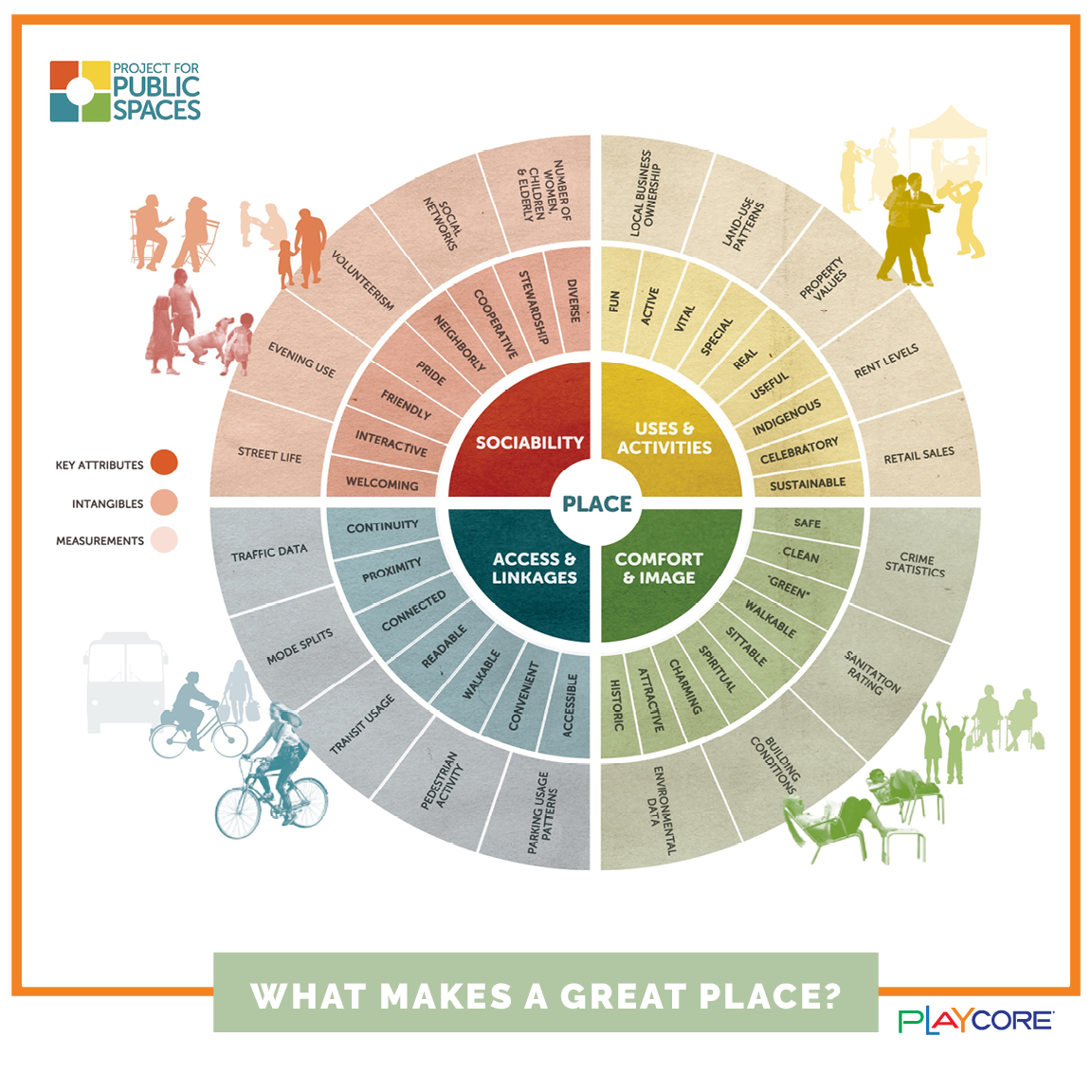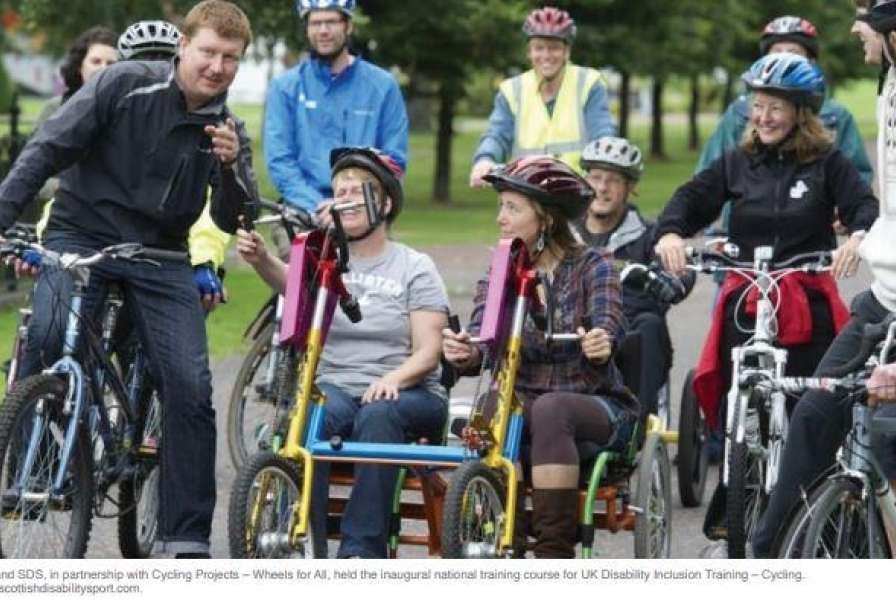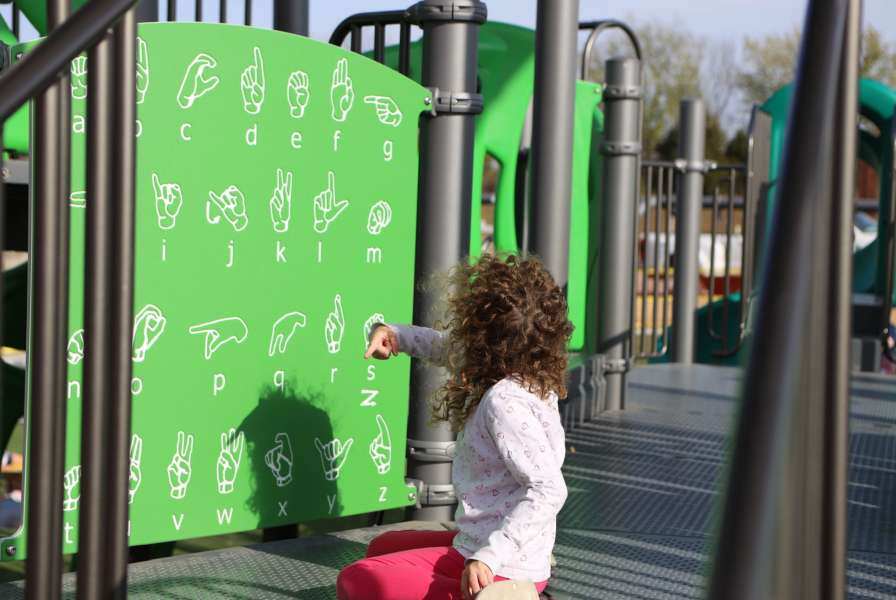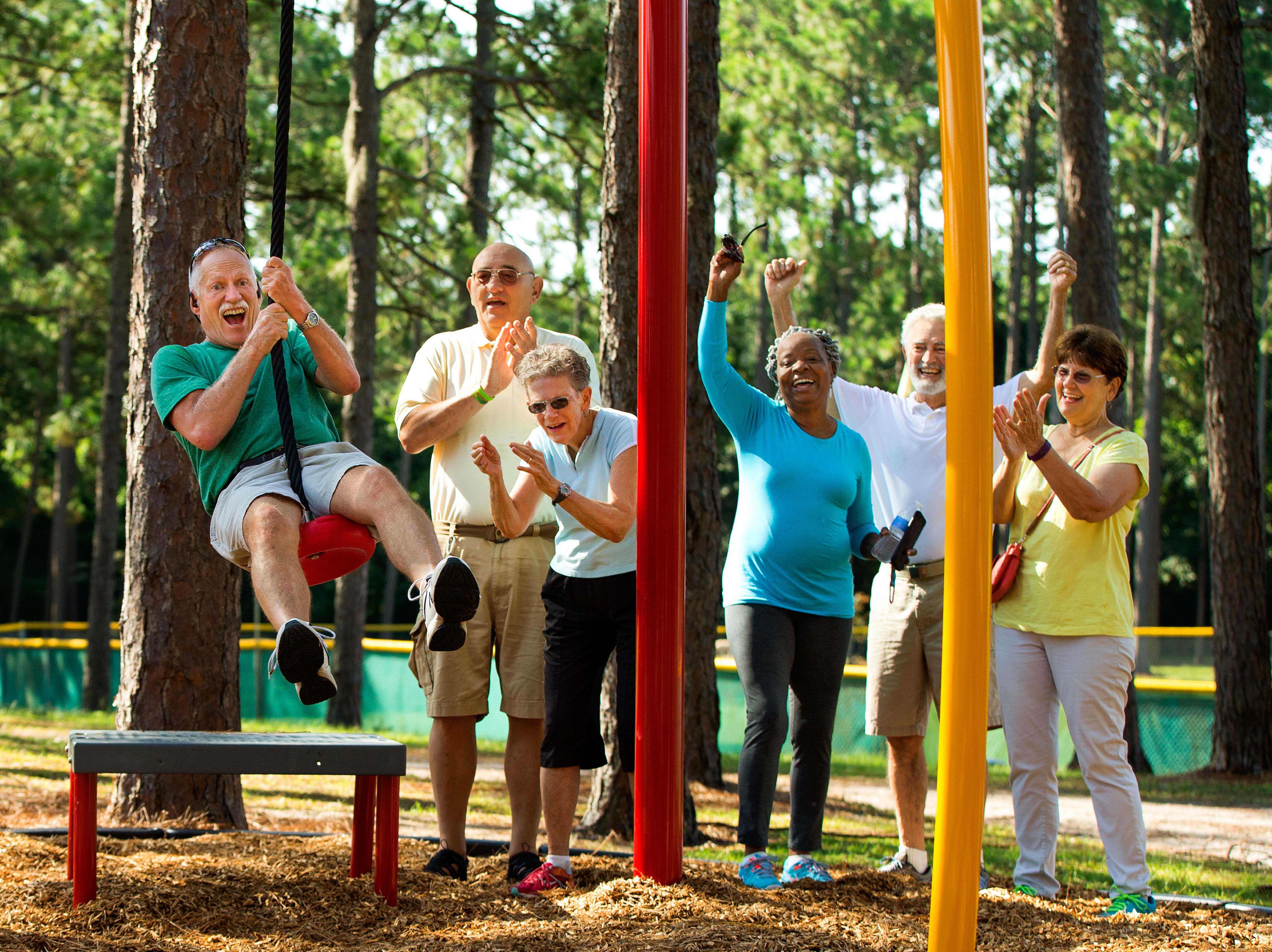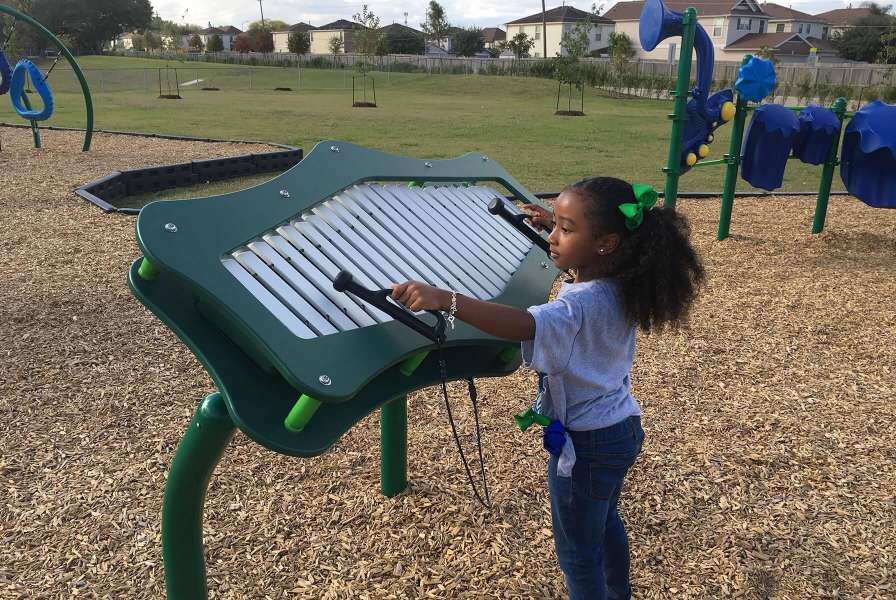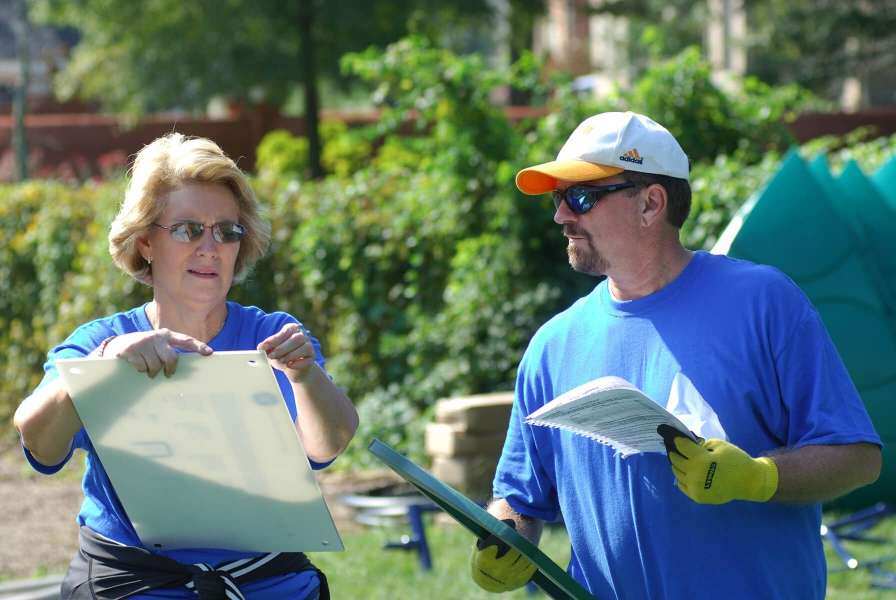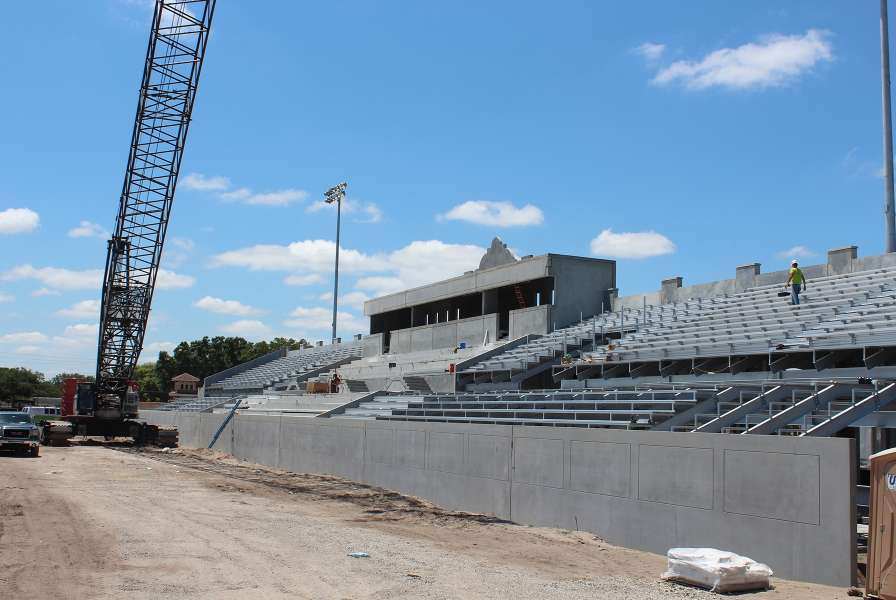What makes a great place?
A great public space serves many purposes. Why is it that some are successful while others are not? The Project for Public Spaces has evaluated thousands of public spaces around the world and have found four common qualities that successful places provide accessibility & linkage to community, a catalyst for activities to happen, options for social interactions, comfort.
In response, The Project for Public Spaces developed The Place Diagram as a tool to evaluate public space. If the center circle is a specific place, it can be evaluated by the four criteria in the orange ring. In the ring outside those criteria, are a number of intuitive or qualitative aspects by with to evaluate the place. The outer ring offers quantitative aspects that can be measured.
Successful placemaking is important for a variety of reasons. By creating places where people can participate in the ways they prefer, they are more likely to stay, return, and spread the word. A great public space creates a feeling of belonging, camaraderie, pleasure, and joy. This doesn’t happen without careful planning. The difference between space and place is like the difference between ‘house’ and ‘home’. Many tangible and intangible elements combine to create a memorable experience.
Good placemaking demands that we consider the end-users by inviting them into the conversation as an important part of the design process. It requires decision-makers to have genuine regard for long term success and social, cultural, environmental, and economic sustainability. As users and advocates in placemaking efforts, we relish the opportunity to engage in dialogue, facilitate design charrettes, assist in master planning, and apply research, programming, and design to community placemaking discussions.
